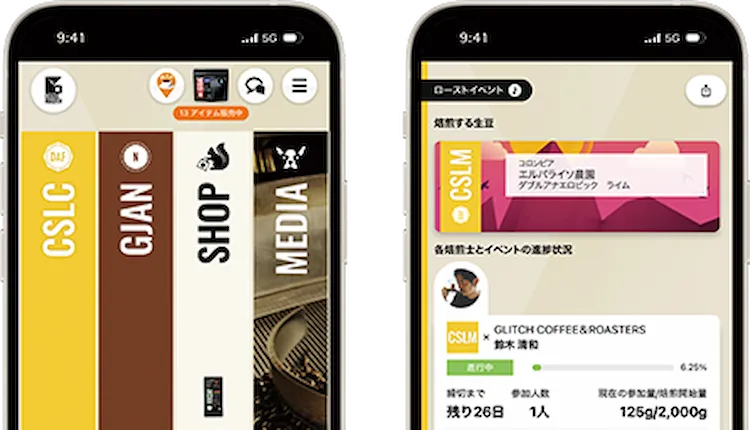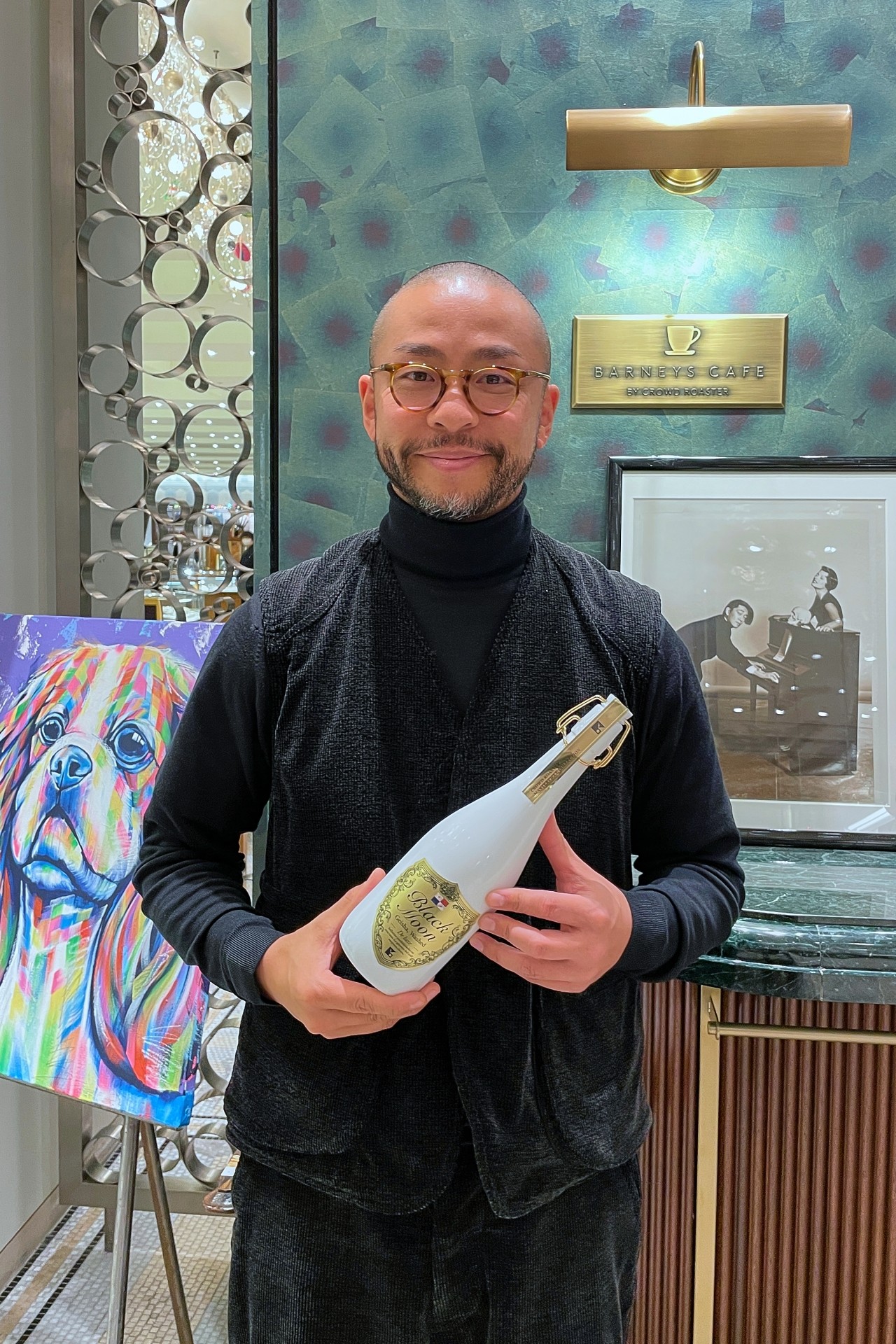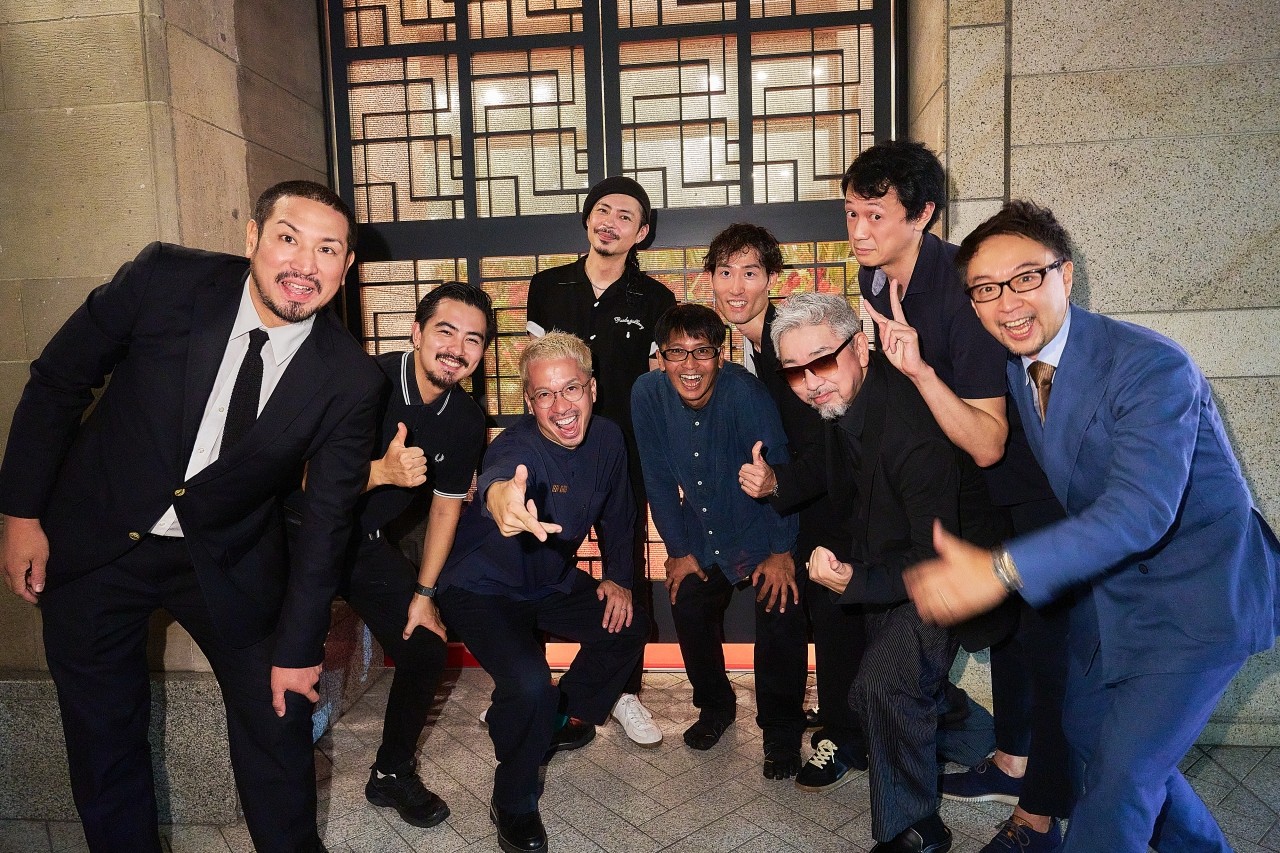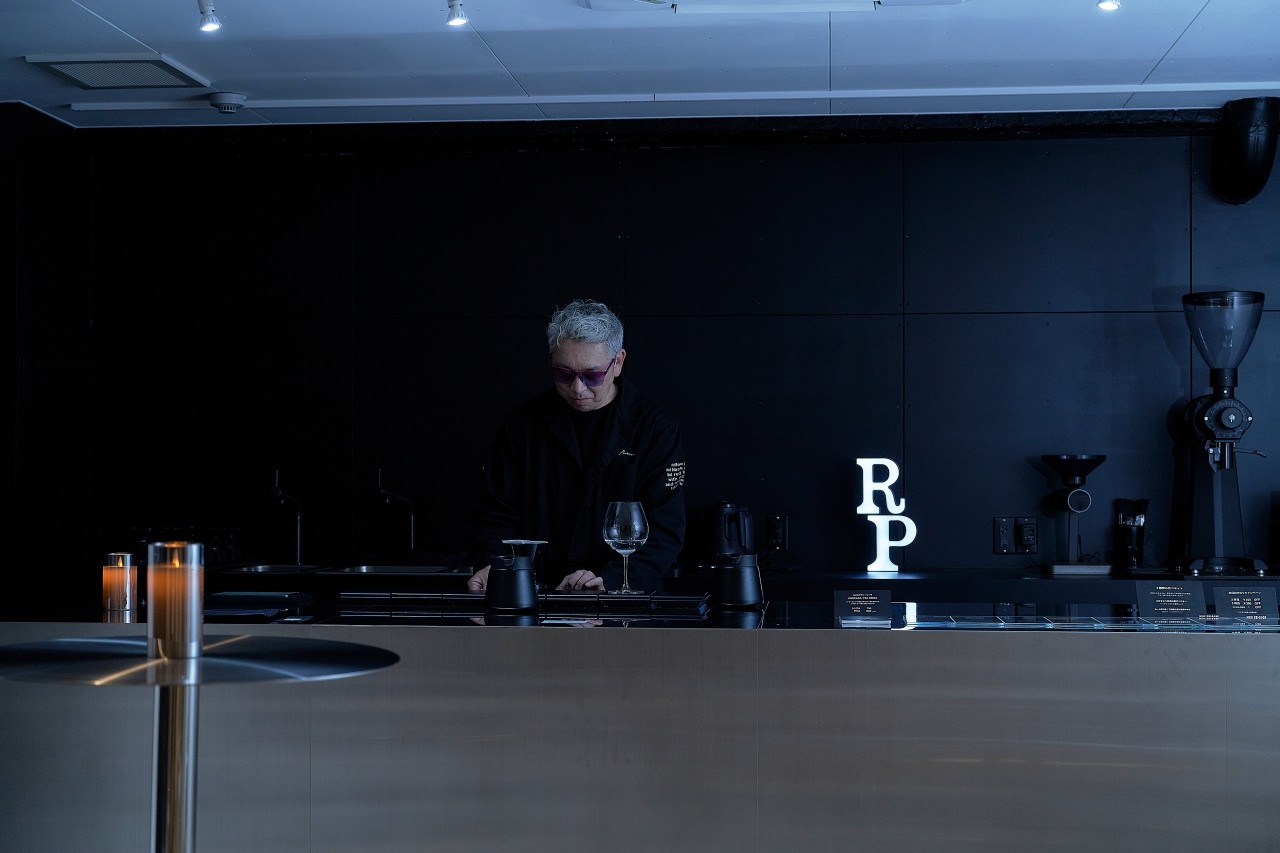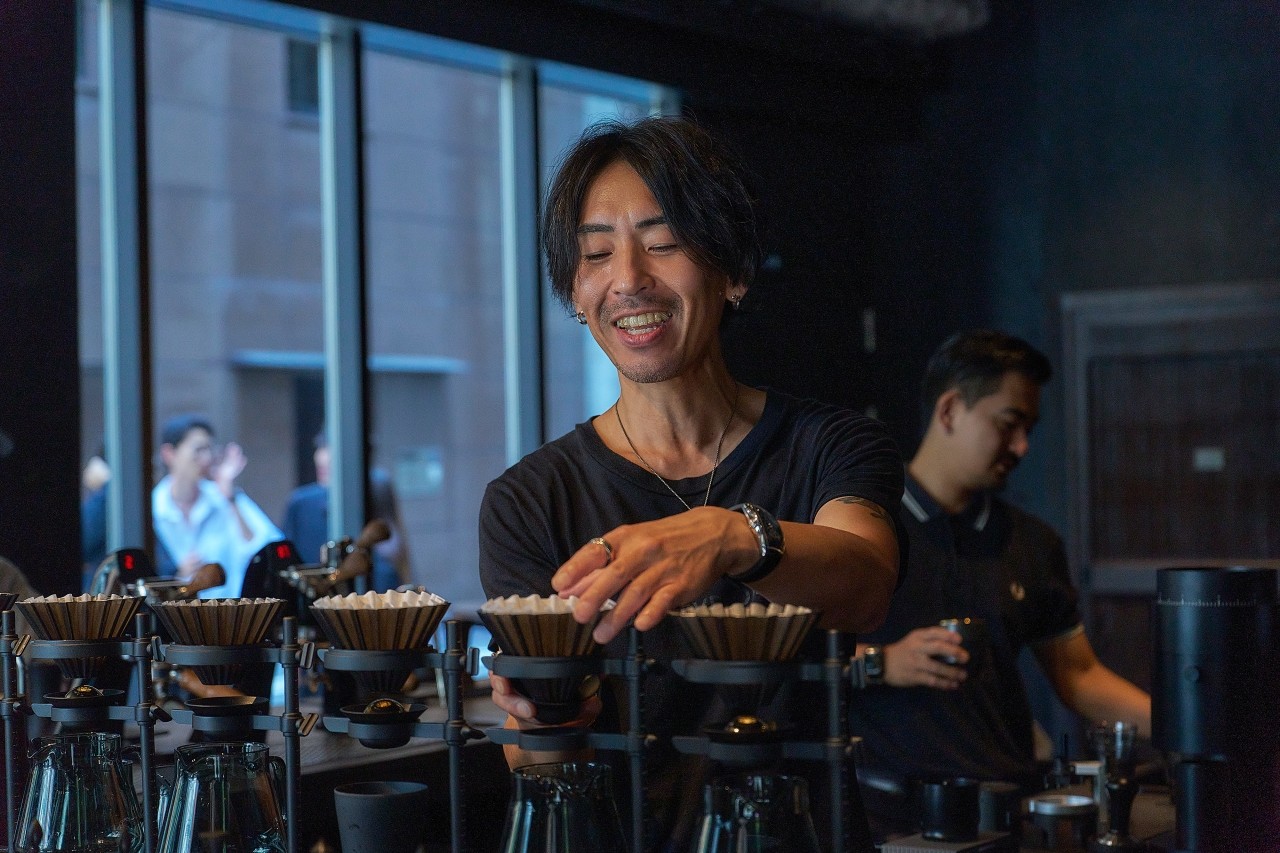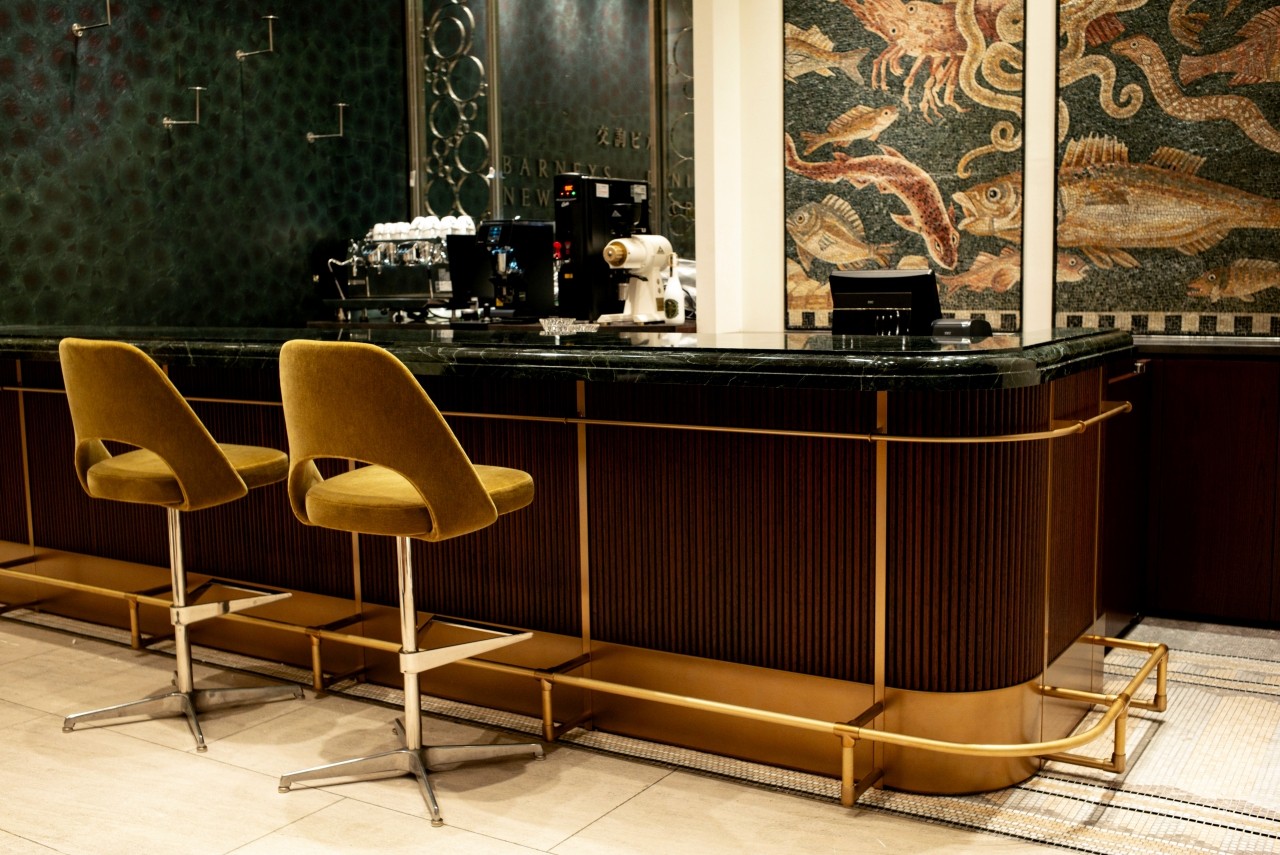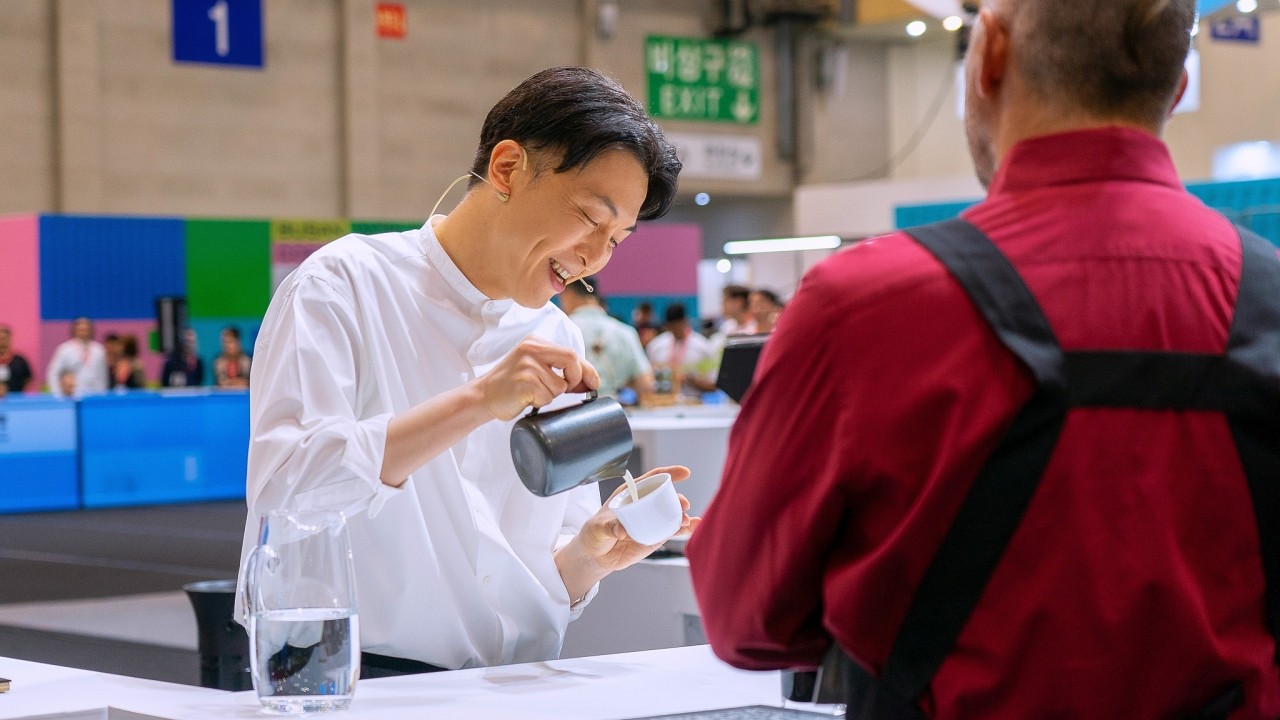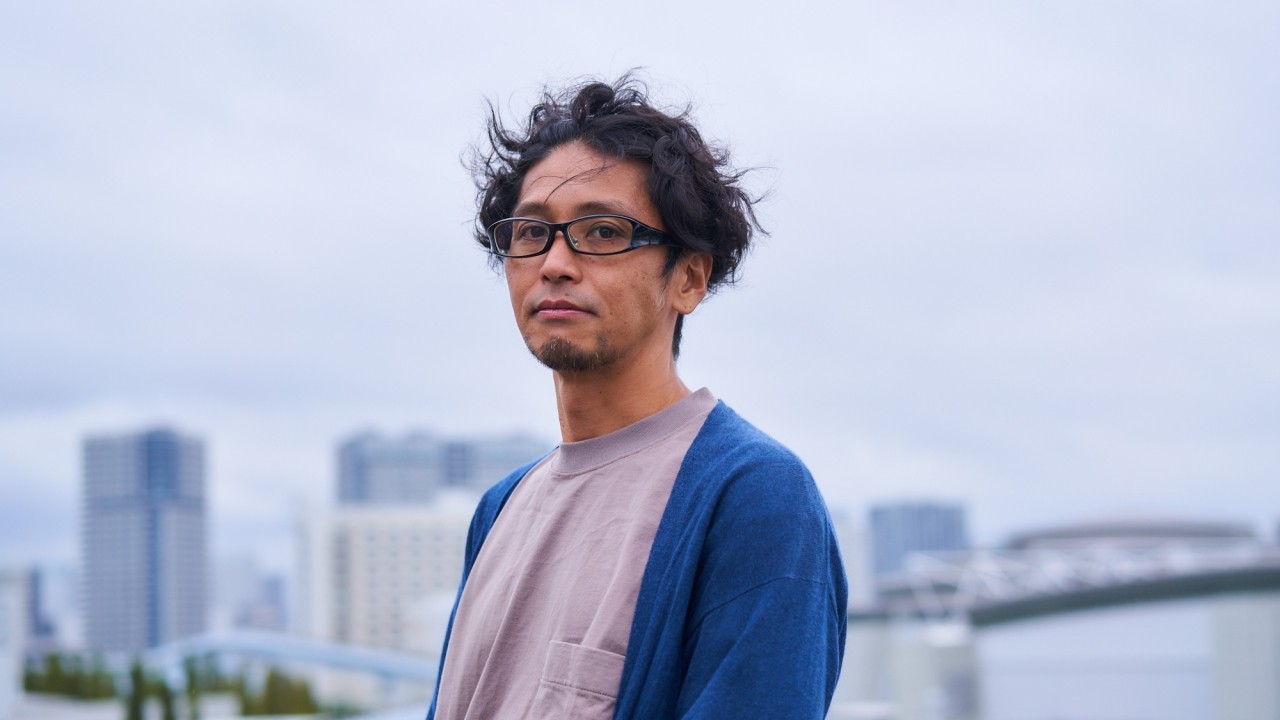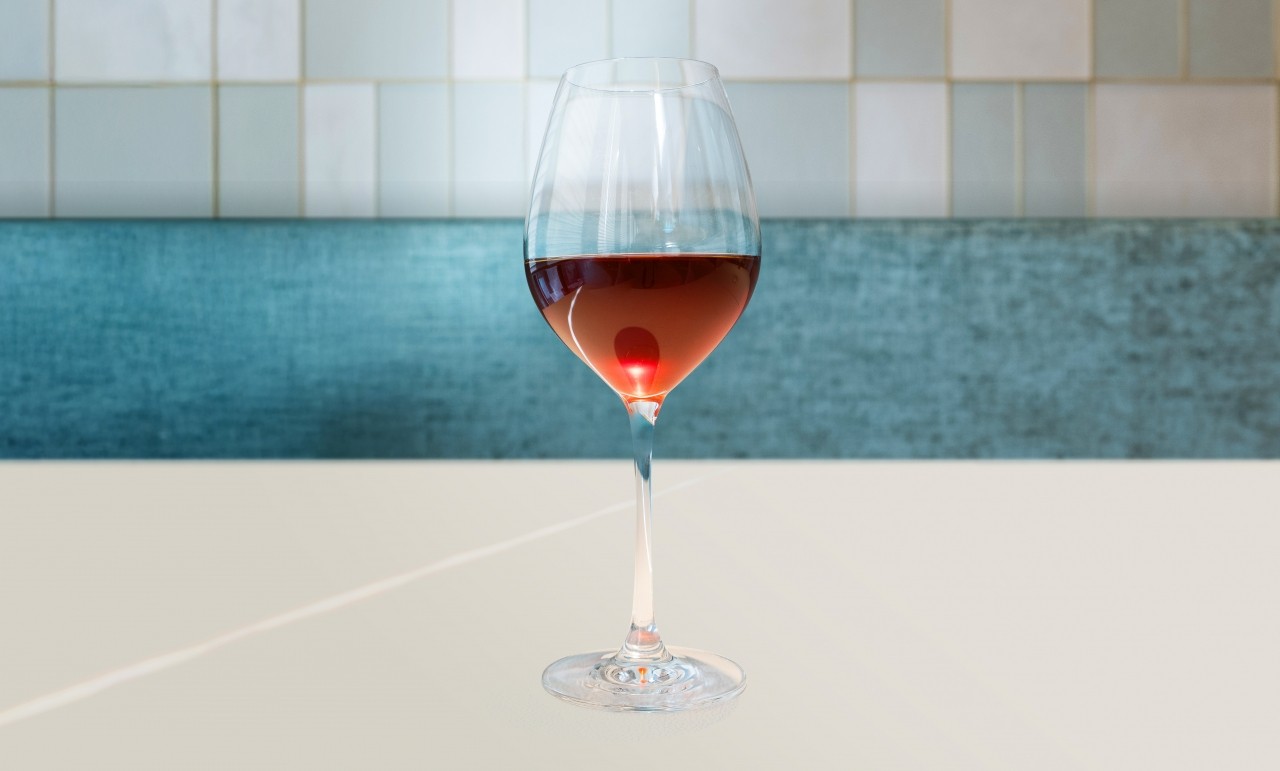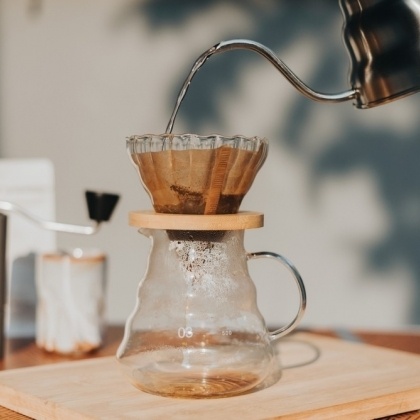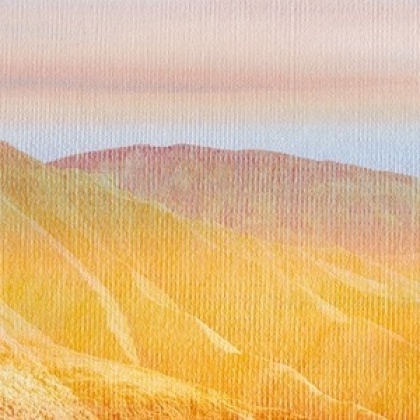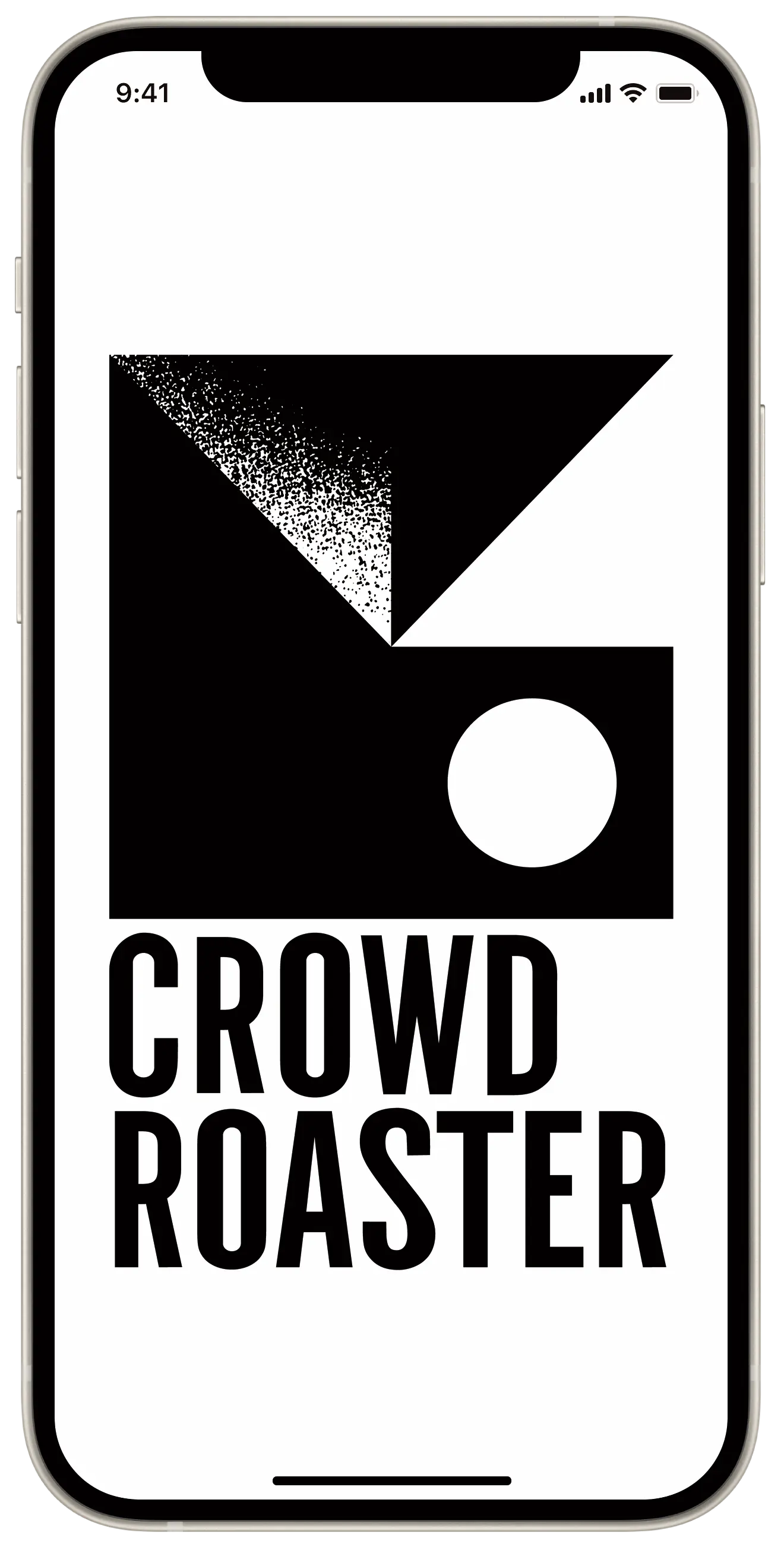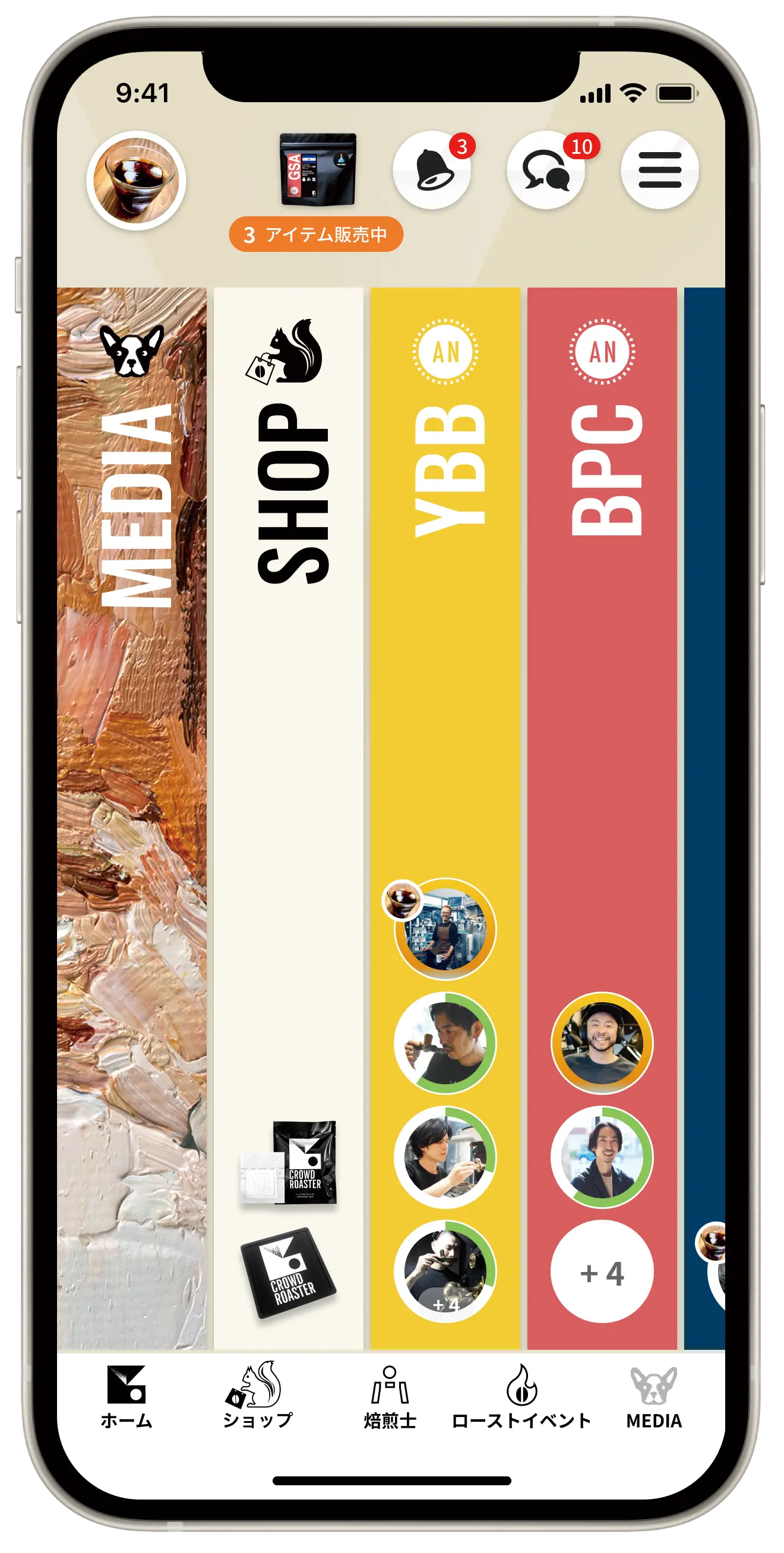Understanding coffee brands (2) Grade notation
This series will help you understand the various coffee brands and their names. Last time, we introduced "Specified Stocks" in Japan.
>> Click here for the previous article
A special brand that was created because a popular brand in Japan had a problem with inaccurate descriptions. Specialty coffee requires more detailed traceability than a brand name such as "Blue Mountain" (farm name, washing station name), so it may not be of much concern in many cases.
A special brand that was created because a popular brand in Japan had a problem with inaccurate descriptions. Specialty coffee requires more detailed traceability than a brand name such as "Blue Mountain" (farm name, washing station name), so it may not be of much concern in many cases.
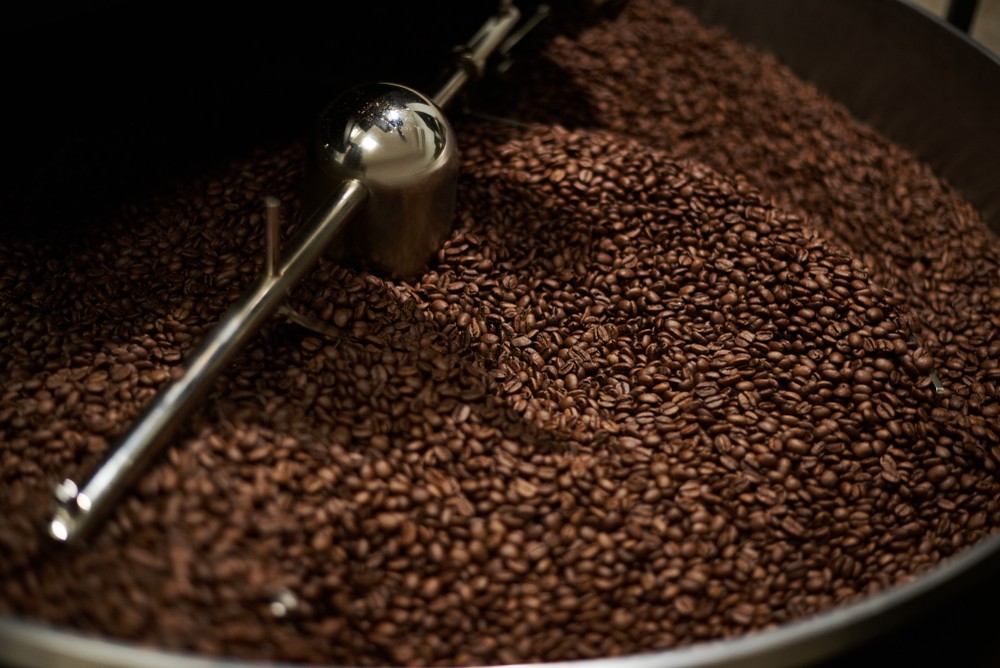
The ``grade notation'' introduced here is often expressed in alphabets or numbers, and may also be displayed in brand names as is, such as ``Kenya AA'' or ``Guatemala SHB.''
This grade is determined by the country of production, and is primarily a standard for green beans for export. In some countries, it may also apply to specialty coffee.
Grade evaluation methods vary by country, but are evaluated using the following criteria or a combination of them:
・Elevation of production area (higher is better)
・Size of green beans (screen size, larger is better)
・Number of defective beans (the fewer the better)
Since it is a grade for export, it is basically evaluated not on the taste but on the quality of the raw beans themselves.
Now, let's take a closer look at the grades of typical production areas.
Guatemala, Costa Rica, and El Salvador evaluated by altitude
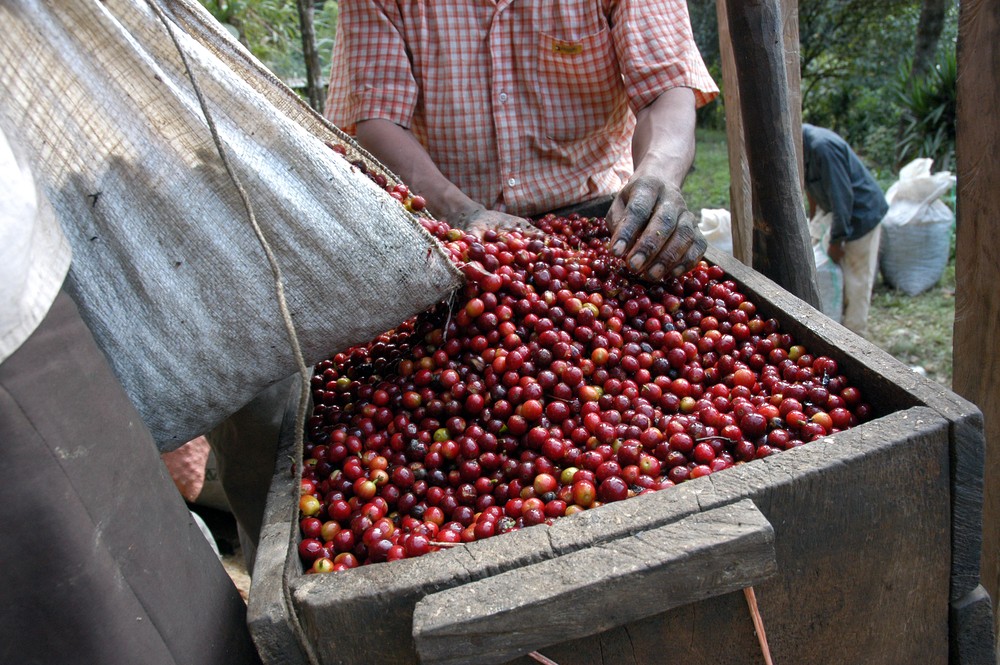
Generally speaking, the higher the altitude of a production area, the better the quality because the coffee berries become firmer due to the difference in temperature between day and night, and ripen slowly over time.
In Guatemala, the highest grade coffee is grown at 4,500 to 5,000 feet (approximately 1,350 to 1,500 meters) above sea level and is called SHB (Strictly Hard Bean). In Costa Rica, it is harvested from 3,900 to 5,400 feet (approximately 1,170 to 1,620 meters) and is also called SHB.
In Guatemala, the highest grade coffee is grown at 4,500 to 5,000 feet (approximately 1,350 to 1,500 meters) above sea level and is called SHB (Strictly Hard Bean). In Costa Rica, it is harvested from 3,900 to 5,400 feet (approximately 1,170 to 1,620 meters) and is also called SHB.
Guatemala
Streetly Hard Bean (SHB) : over 4500 feet
Hard Bean (HB) : 4000-4500 feet
Semi Hard Bean (SH) : 3500-4000 feet
Extra Prime Washed (EPW) : 2500-3000 feet
Prime Washed (PW) : 2500-3000 feet
Extra Good Washed (EGW) : 2000-2500 feet
Good Washed (GW) : Below 2000 feet
Hard Bean (HB) : 4000-4500 feet
Semi Hard Bean (SH) : 3500-4000 feet
Extra Prime Washed (EPW) : 2500-3000 feet
Prime Washed (PW) : 2500-3000 feet
Extra Good Washed (EGW) : 2000-2500 feet
Good Washed (GW) : Below 2000 feet
Costa Rica
Streetly Hard Bean (SHB) : Approximately 1200m to less than approximately 1650m
Good Hard Bean (GHB) : Approximately 1000 to less than approximately 1200m
Hard Bean (HB) : Approximately 800 to less than approximately 1000m
Good Hard Bean (GHB) : Approximately 1000 to less than approximately 1200m
Hard Bean (HB) : Approximately 800 to less than approximately 1000m
*Grades of production areas with high altitudes on the Pacific side
el salvador
Streetly Hard Grown (SHG) : Approximately 1200m or more
High Grown (HG) : Approximately 900 to less than approximately 1200m
Central Standard (CS) : Approximately 600 to less than approximately 900m
High Grown (HG) : Approximately 900 to less than approximately 1200m
Central Standard (CS) : Approximately 600 to less than approximately 900m
Colombia and Kenya evaluated by screen size
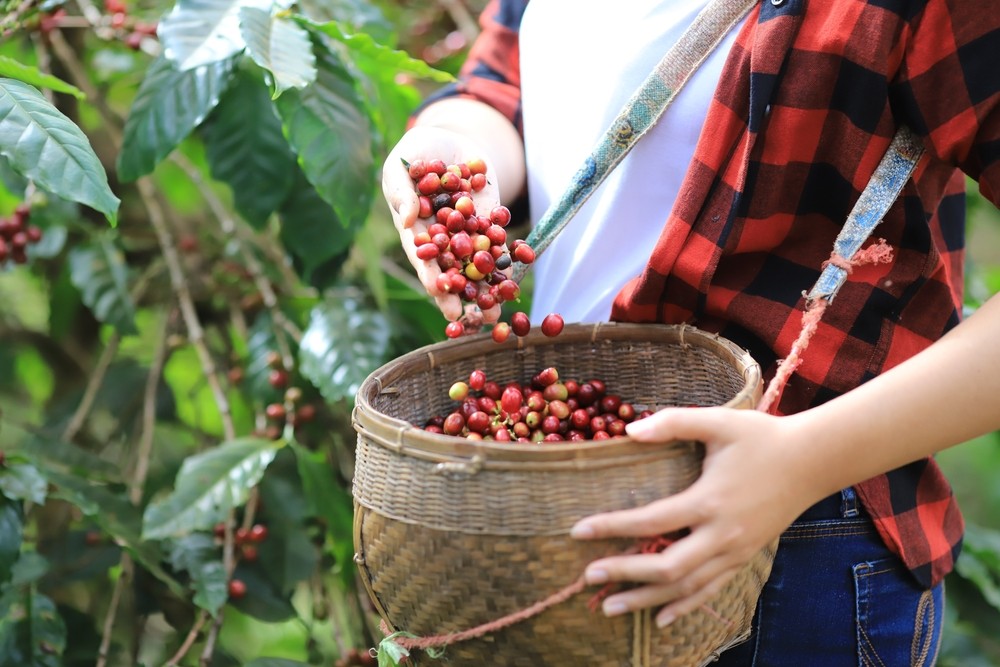
Colombia's "Supremo", which you see in the brand name, is a higher grade based on screen size. A screen is a unit of bean size, and this also varies depending on the region of production, but Colombian screen 17 is a green bean with a diameter of 6.8 mm or more. Kenya is also graded by screen size.
Columbia
Spremo : Screen size 17 (6.8mm) or more
Excelso : Screen size 16 (6.4mm) or less 14 (5.6mm) or more
Excelso : Screen size 16 (6.4mm) or less 14 (5.6mm) or more
kenya
AA : Screen size 17 (6.8mm) or more
AB : Screen size 15 (6.0mm) ~ 17
C : Screen size 11 (4.4mm) to 15
E (elephant): larger than AA
AB : Screen size 15 (6.0mm) ~ 17
C : Screen size 11 (4.4mm) to 15
E (elephant): larger than AA
Brazil and Ethiopia evaluated based on the lack of defective beans
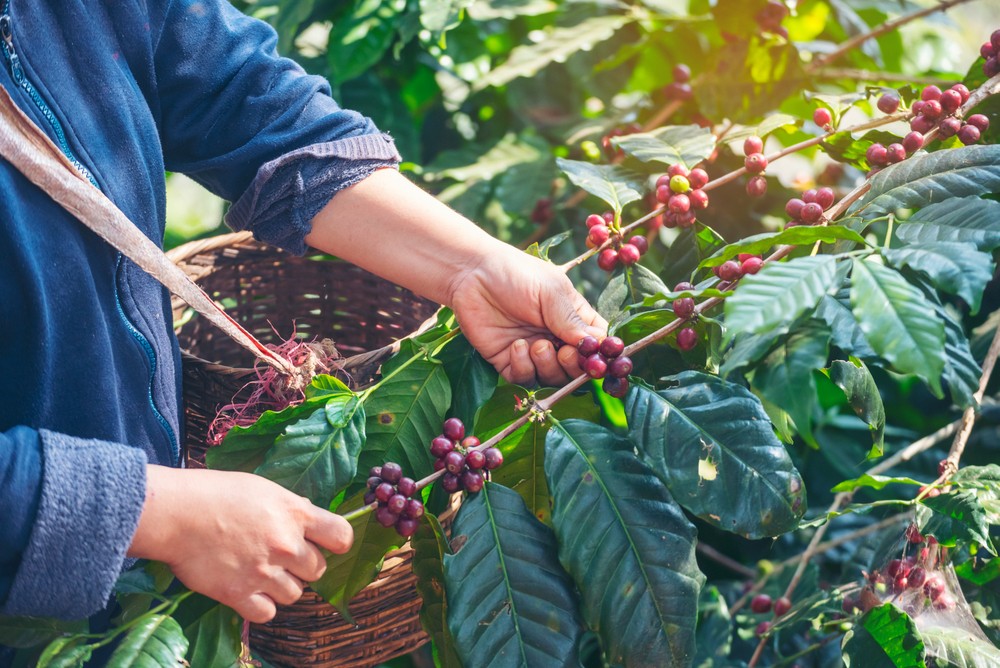
Ethiopian beans are simply graded by the number of defective beans. In Brazil, points are scored based on the type and number of defective beans present in a 300g sample randomly selected. The fewer points you deduct, the higher your grade will be. By the way, No. 1, which has no deductions, is a virtually non-existent grade.
ethiopia
G1 : 0 to 3 defective beans in 300g
G2 : 4 to 12 defective beans in 300g
G3 : 13 to 27 defective beans in 300g
G4 : 28-45 defective beans in 300g
G5 : 46 to 90 defective beans in 300g
G2 : 4 to 12 defective beans in 300g
G3 : 13 to 27 defective beans in 300g
G4 : 28-45 defective beans in 300g
G5 : 46 to 90 defective beans in 300g
*G1 is given to the washed part of Yirgachefe area. For domestic use, from G6 to G9
Brazil
No.2 : 4 points or less
No.3 : 8 points or less
No.4 : 26 points or less
No.5 : 46 points or less
No.6 : 86 points or less
No.7 : 160 points or less
No.8 : 360 points or less
No.3 : 8 points or less
No.4 : 26 points or less
No.5 : 46 points or less
No.6 : 86 points or less
No.7 : 160 points or less
No.8 : 360 points or less
*There are also other evaluation criteria such as screen size and cup (taste).
Comprehensive evaluation of Jamaica and Kona Hawaii
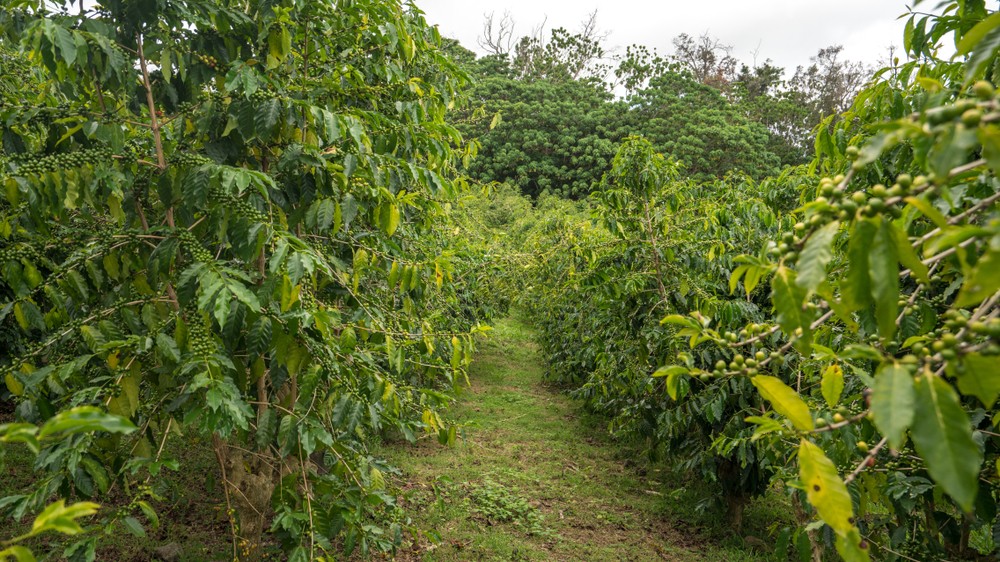
In some regions, evaluation standards are created based on screen size and number of defective beans. Examples include Jamaica, where Blue Mountain ranks high, and Hawaii Kona, where Extrafancy ranks highest.
Jamaica
Bluemountain No.1 : Produced in the Blue Mountain region and has a screen size of 17 (6.8mm) to less than 18 (7.2mm)
Bluemountain No.2 : Produced in the Blue Mountain region and has a screen size of 16 (6.4mm) to less than 17
Bluemountain No.3 : Produced in the Blue Mountain region and has a screen size of 15 (6.0mm) to less than 16
Bluemountain Select : Beans produced in the Blue Mountain region with defective beans exceeding a certain standard value (within tolerance)
Pea Berry : Peaberry only
High Mountain : Production areas other than Blue Mountain with an altitude of less than 1000-1200m
Prime Washed : Products produced outside of the above regions
Select : Beans with defective beans exceeding a certain standard value (within acceptable range)
Bluemountain No.2 : Produced in the Blue Mountain region and has a screen size of 16 (6.4mm) to less than 17
Bluemountain No.3 : Produced in the Blue Mountain region and has a screen size of 15 (6.0mm) to less than 16
Bluemountain Select : Beans produced in the Blue Mountain region with defective beans exceeding a certain standard value (within tolerance)
Pea Berry : Peaberry only
High Mountain : Production areas other than Blue Mountain with an altitude of less than 1000-1200m
Prime Washed : Products produced outside of the above regions
Select : Beans with defective beans exceeding a certain standard value (within acceptable range)
hawaii kona
Extrafancy : Screen size is 19/64 inches (approx. 7.5 mm) or more, and there are 10 or fewer defective beans per pound (approx. 453 g)
Fancy : Screen size is 18/64 inches (approximately 7.1 mm) or more, and defective beans are 16 or less per pound.
No.1 : Screen size is 16/64 inches (approximately 6.4 mm) or more, and defective beans are 20 or less per pound.
Select : Less than 5% of 1 pound of defective beans
Prime : Less than 25% of 1 pound of defective beans
Fancy : Screen size is 18/64 inches (approximately 7.1 mm) or more, and defective beans are 16 or less per pound.
No.1 : Screen size is 16/64 inches (approximately 6.4 mm) or more, and defective beans are 20 or less per pound.
Select : Less than 5% of 1 pound of defective beans
Prime : Less than 25% of 1 pound of defective beans
We have introduced the grades of typical production areas and their definitions. I hope you understand that the notations such as "SHB", "AA", and "No.2" included in the brand are derived from this grade.
We will dig deeper into the constituent elements of stocks in subsequent articles.
2023.6.1
CROWD ROASTER
If you want to enjoy coffee more deeply
" CROWD ROASTER APP"
Manabu at CROWD ROASTER LOUNGE
・Push notifications for article updates・Full of original articles exclusive to CROWD ROASTER
・Direct links to detailed information about green beans and roasters
App-only features
- Choose green beans and roasters to create and participate in roasting events・CROWD ROASTER SHOP: Everything from beans to equipment is readily available
・GPS-linked coffee map function
